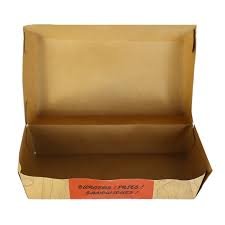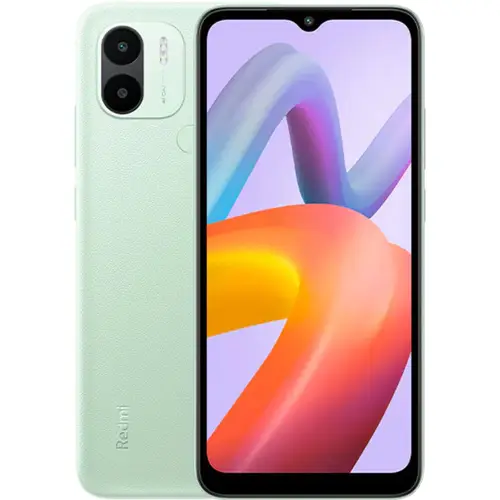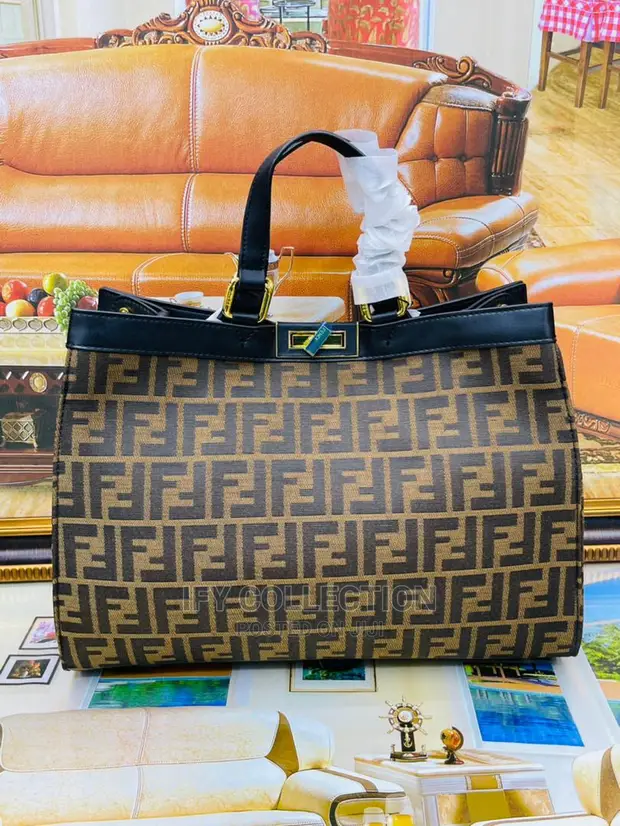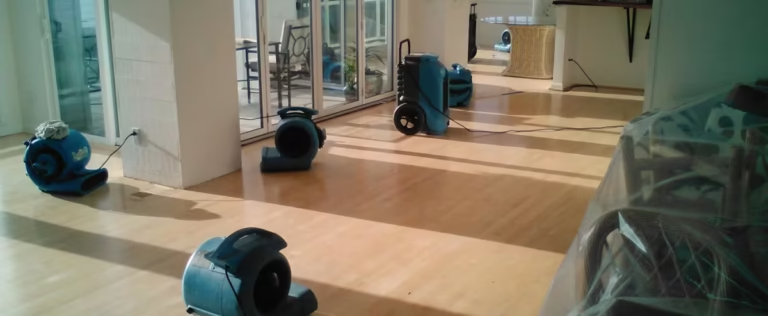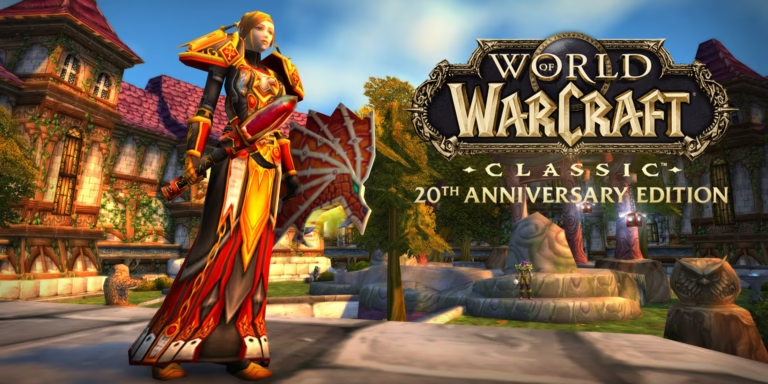Packaging isn’t just about protection—it’s also about presentation, branding, and functionality. For food businesses dealing in large quantities, customizable bulk food packaging can make a big impact on sales, efficiency, and customer satisfaction. In this guide, we’ll explore the what, why, and how of tailoring your bulk food packaging to meet your needs.
Why Custom Bulk Packaging Matters
1. Branding That Leaves a Lasting Impression
Your packaging is the first thing customers see. A generic bag or box might serve its purpose, but custom packaging tells your story. Whether it’s your logo, colors, or unique design, it helps customers remember and trust your brand.
2. Improved Functionality for Different Products
Not all foods are the same. Spices, grains, dried fruits, or frozen foods—each has specific packaging needs. Customization lets you pick the right materials, size, shape, and closures to suit your product perfectly.
3. Better Consumer Experience
When packaging is designed with convenience in mind—like resealable tops or clear windows—consumers notice. It adds value and trust, making them more likely to buy again.
What Can Be Customized in Bulk Food Packaging?
1. Size and Shape
Not every product fits the standard bag or jar. You can choose from:
- Stand-up pouches
- Flat-bottom bags
- Boxes
- Barrels
- Containers with compartments
Tailoring the size also means less waste and lower costs.
2. Material Choices
Different materials offer different benefits. For example:
- Plastic: Lightweight, affordable, and durable.
- Paper: Eco-friendly and great for dry foods.
- Aluminum: Ideal for items needing moisture and light protection.
- Biodegradable films: A rising trend for eco-conscious brands.
3. Print and Design
Add your brand colors, nutrition facts, usage instructions, or QR codes for promotions. High-quality digital or flexo printing gives your product a professional look.
4. Special Features
Think beyond the basics. Include:
- Zip locks
- Tear notches
- Spouts
- Handles
- Clear windows
These features improve usability and shelf appeal.
Types of Businesses That Benefit Most
1. Food Manufacturers
If you’re producing in bulk, packaging is a key factor in product shelf life, safety, and presentation.
2. Wholesalers and Distributors
Custom packaging helps segment your offerings and makes inventory easier to manage.
3. Organic and Niche Food Brands
Small-batch businesses thrive on distinct branding—and packaging plays a big role.
4. Meal Prep & Health-Focused Brands
Custom labels, portions, and resealable features can make your brand stand out in this growing industry.
Eco-Friendly Custom Packaging: A Smart Move
Sustainability isn’t just a trend—it’s a consumer expectation. If your bulk food packaging is reusable, recyclable, or biodegradable, it sends a powerful message about your brand values.
Top Eco Materials to Consider:
- Kraft paper bags
- PLA (corn-based) compostable films
- Recyclable polyethylene
- Glass jars with recyclable lids
Pairing eco-friendly materials with custom branding boosts your brand image and appeals to modern buyers.
Benefits of Investing in Custom Packaging
| Benefit | Description |
|---|---|
| Brand Recognition | Helps customers instantly recognize your products. |
| Product Protection | Keeps food fresher and safer for longer. |
| Customer Loyalty | Better experience = more repeat purchases. |
| Operational Efficiency | Tailored packaging can streamline storage and shipping. |
| Compliance | Ensure proper labeling, barcodes, and expiration dates. |
How to Get Started with Custom Bulk Packaging
Step 1: Identify Your Needs
What type of food are you packaging? Dry or wet? Fragile or robust? Frozen or room temperature? This will help determine materials and structure.
Step 2: Choose a Trusted Packaging Supplier
Look for vendors who specialize in bulk and custom food packaging. Make sure they offer:
- Design support
- MOQ (Minimum Order Quantity) flexibility
- Eco options
- Compliance with food safety regulations
Step 3: Design Your Packaging
Work with your team or hire a designer. Focus on:
- Clarity (what’s inside, how to use it)
- Visual appeal
- Your brand story
Step 4: Test Before Going Big
Order samples or do small runs to test packaging on real customers. Get feedback, and tweak as needed.
Trends in Bulk Food Packaging Customization
- Minimalist design – Clean, modern visuals are in.
- Smart packaging – QR codes linking to recipes or sourcing info.
- Transparent elements – Windows to show the product inside.
- Refillable packaging – For zero-waste or refill store models.
- Custom labels for seasonal/limited-edition runs.
Common Mistakes to Avoid
- Choosing style over substance (make sure packaging still protects the product!)
- Ignoring legal labeling requirements
- Not testing packaging before full-scale production
- Over-customizing, which can increase costs unnecessarily
- Forgetting to consider customer convenience
Final Thoughts: Make Your Brand Unforgettable
Customizable bulk food packaging isn’t just a design choice—it’s a business tool. From building a memorable brand to improving customer satisfaction, the right packaging solution gives your product the edge it needs in a competitive market.
So whether you’re a small artisan food brand or a large-scale manufacturer, investing in custom bulk packaging can elevate your product appeal, brand identity, and long-term success.

